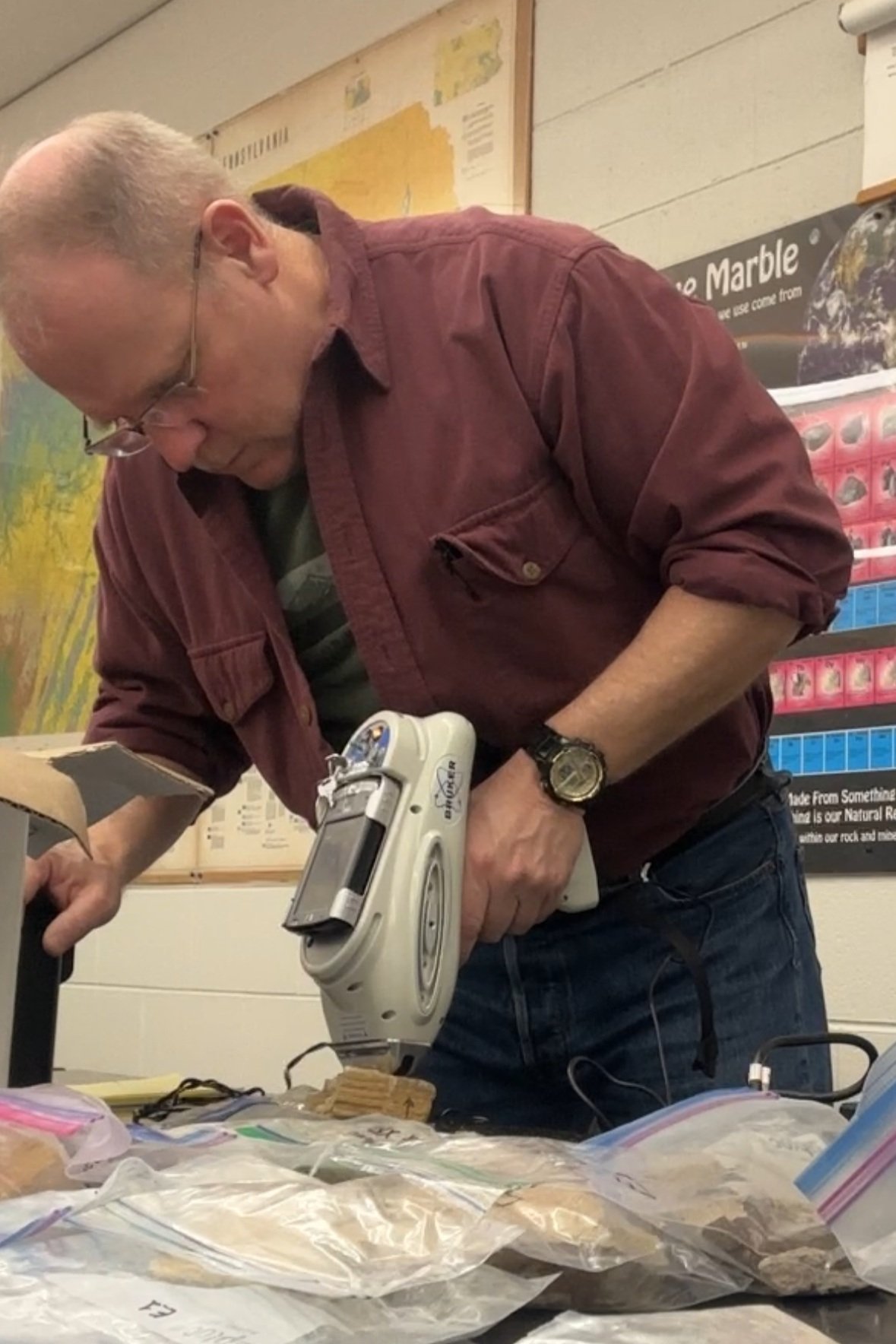Uncovering Secrets of Mother's Day
Author: Dr. Rick Schmidt
It's not just fossils!
Although fossil evidence forms the basis for much of our work, the geology of the places where the fossils are found can also shed light on things the fossils cannot. Here, we are using an X-Ray Fluorescence device on a number of Mother's Day Quarry rock samples collected by Rick Schmidt and Daniel Dunfee in 2023.
Completely by accident, Rick and Daniel realized a series of fault lines run directly through the Mother's Day Quarry and separate Pits 1 from 4. This led to the question of whether we could reassemble the rock layers into their original positions to learn more about ancient geologic conditions that might have impacted the site.
XRF shoots a beam of x-rays into the rock samples which then return reemitted x-rays from the elements found within the rock sample to the sensor in the instrument. Since each element has a unique x-ray fingerprint, it is possible to match multiple seemingly unrelated rock samples together based on their specific chemical composition. Once the fingerprints are examined and (hopefully) matched up, we hope to reassemble the various samples according to their original positions prior to the faulting.
To complete this work, we would like to specially thank Dr. Martin Helmke and West Chester University's Earth And Space Science Department for the use of their XRF device.


